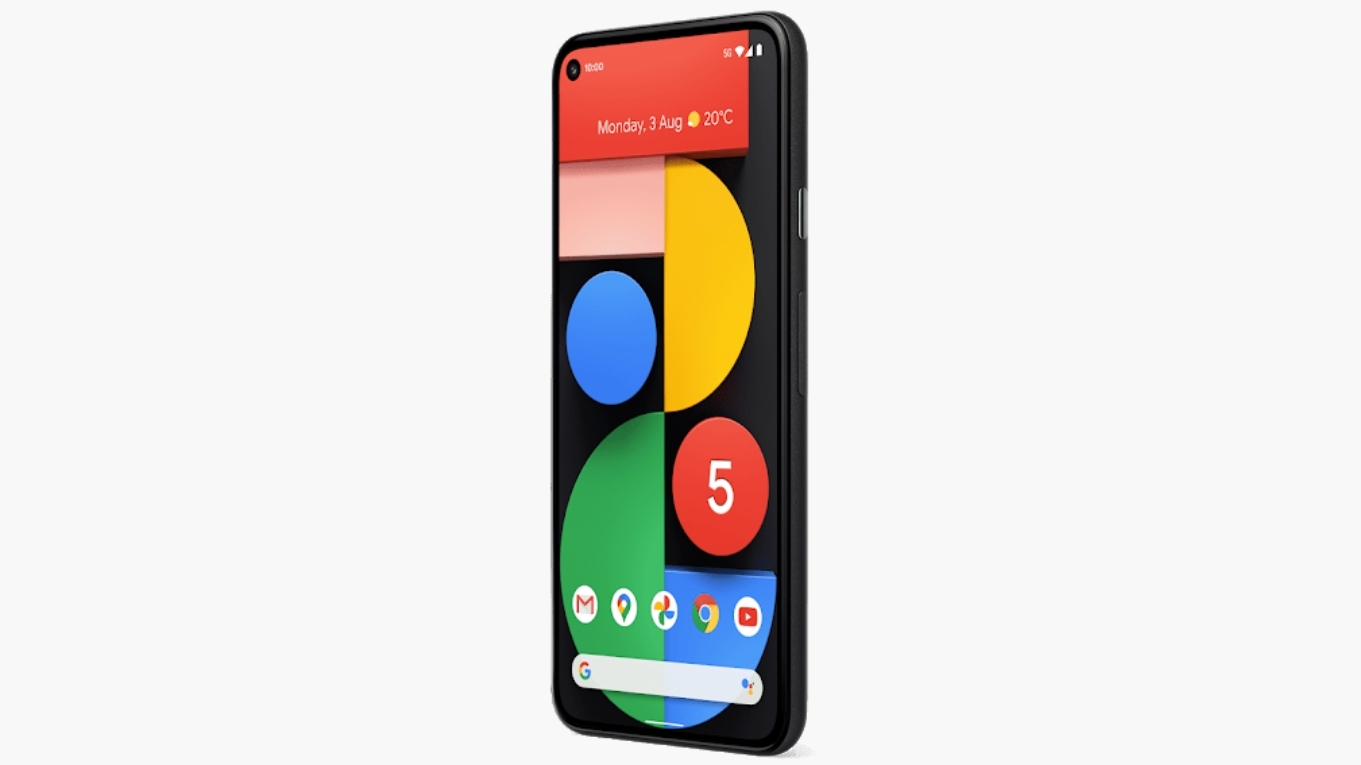Google's Pixel 5 doesn't have face unlock – here's why

One unexpected change on the Google Pixel 5 was the removal of face unlock in favor of a fingerprint scanner, but Google has now revealed why it made that switch.
Soniya Jobanputra, a product manager on the Pixel team, told the PA news agency that the move away from the face unlock system is for a "good trade-off" to make way for other premium features on the Pixel 5.
"When we set out on Pixel 5 what we really wanted to accomplish was get you a 5G device that still felt super-premium and didn’t feel like you compromised on anything, and so what we had to do to accomplish that was literally stack rank what we find users find most useful," she said.
It seems that the main reason for this is because it is potentially more secure. Jobanputra went on to say "and so as we looked at that list face ID is awesome and it’s a great tool for unlocking your device, but you know what, a fingerprint sensor can meet those needs as well, just as efficiently, just as fast and in some cases even more securely".
She continued: "We really felt that it was a good trade-off for users to go with the rear fingerprint sensors so that we could enable some of these other premium features that users are looking for in a device."
- Huge Samsung Galaxy S21 leak covers just about every spec
- These are the best Samsung phones
- Google Pixel 5 teardown video shows off how its wireless charging works
That didn't last long
Facial identification was first brought onto Google phones in 2019 for the Pixel 4 range, so it's been a short-lived feature. That said, Jobanputra suggested that it might one day return in some form.
They said: "We did a lot of work to bring that technology to life, so hopefully, we’ll find a way to repurpose the work that was done in it because I think there are some wonderful innovations that we have in that feature but it may not come back in the form that you’ve seen it in the past."
Sign up for breaking news, reviews, opinion, top tech deals, and more.
Just what the face unlock system could be repurposed into, however, remains to be seen, and Google didn't explain any more than that.
In our review of the Pixel 5 we noted the change from having a face scanner to a fingerprint sensor, saying that it felt a great deal easier to find it as opposed to having to stare blankly at a screen trying to find the in-screen sensor's sweet spot. So Google likely made the right decision here.